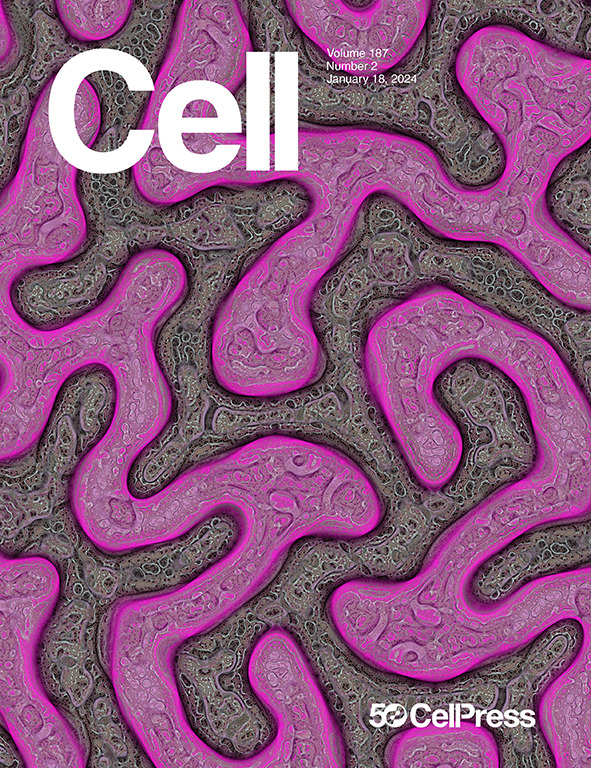A Drosophila single-cell 3D spatiotemporal multi-omics atlas unveils panoramic key regulators of cell-type differentiation
IF 45.5
1区 生物学
Q1 BIOCHEMISTRY & MOLECULAR BIOLOGY
引用次数: 0
Abstract
The development of a multicellular organism is a highly intricate process tightly regulated by numerous genes and pathways in both spatial and temporal manners. Here, we present Flysta3D-v2, a comprehensive multi-omics atlas of the model organism Drosophila spanning its developmental lifespan from embryo to pupa. Our datasets encompass 3D single-cell spatial transcriptomic, single-cell transcriptomic, and single-cell chromatin accessibility information. Through the integration of multimodal data, we generated developmentally continuous in silico 3D models of the entire organism. We further constructed tissue development trajectories that uncover the detailed profiles of cell-type differentiation. With a focus on the midgut, we identified transcription factors involved in midgut cell-type regulation and validated exex as a key regulator of copper cell development. This extensive atlas provides a rich resource and serves as a systematic platform for studying Drosophila development with integrated single-cell data at ultra-high spatiotemporal resolution.

果蝇单细胞三维时空多组学图谱揭示了细胞类型分化的全景关键调节因子
多细胞生物的发育是一个高度复杂的过程,受到许多基因和途径在空间和时间上的严格调控。在这里,我们展示了Flysta3D-v2,这是一个全面的多组学图谱,涵盖了模式生物果蝇从胚胎到蛹的发育寿命。我们的数据集包括3D单细胞空间转录组学、单细胞转录组学和单细胞染色质可及性信息。通过整合多模态数据,我们生成了整个生物体的连续发展的硅三维模型。我们进一步构建了组织发育轨迹,揭示了细胞类型分化的详细概况。以中肠为重点,我们确定了参与中肠细胞类型调节的转录因子,并验证了exex是铜细胞发育的关键调节因子。这个广泛的图谱提供了丰富的资源,并作为一个系统的平台,以超高时空分辨率整合单细胞数据来研究果蝇的发育。
本文章由计算机程序翻译,如有差异,请以英文原文为准。
求助全文
约1分钟内获得全文
求助全文
来源期刊

Cell
生物-生化与分子生物学
CiteScore
110.00
自引率
0.80%
发文量
396
审稿时长
2 months
期刊介绍:
Cells is an international, peer-reviewed, open access journal that focuses on cell biology, molecular biology, and biophysics. It is affiliated with several societies, including the Spanish Society for Biochemistry and Molecular Biology (SEBBM), Nordic Autophagy Society (NAS), Spanish Society of Hematology and Hemotherapy (SEHH), and Society for Regenerative Medicine (Russian Federation) (RPO).
The journal publishes research findings of significant importance in various areas of experimental biology, such as cell biology, molecular biology, neuroscience, immunology, virology, microbiology, cancer, human genetics, systems biology, signaling, and disease mechanisms and therapeutics. The primary criterion for considering papers is whether the results contribute to significant conceptual advances or raise thought-provoking questions and hypotheses related to interesting and important biological inquiries.
In addition to primary research articles presented in four formats, Cells also features review and opinion articles in its "leading edge" section, discussing recent research advancements and topics of interest to its wide readership.
 求助内容:
求助内容: 应助结果提醒方式:
应助结果提醒方式:


